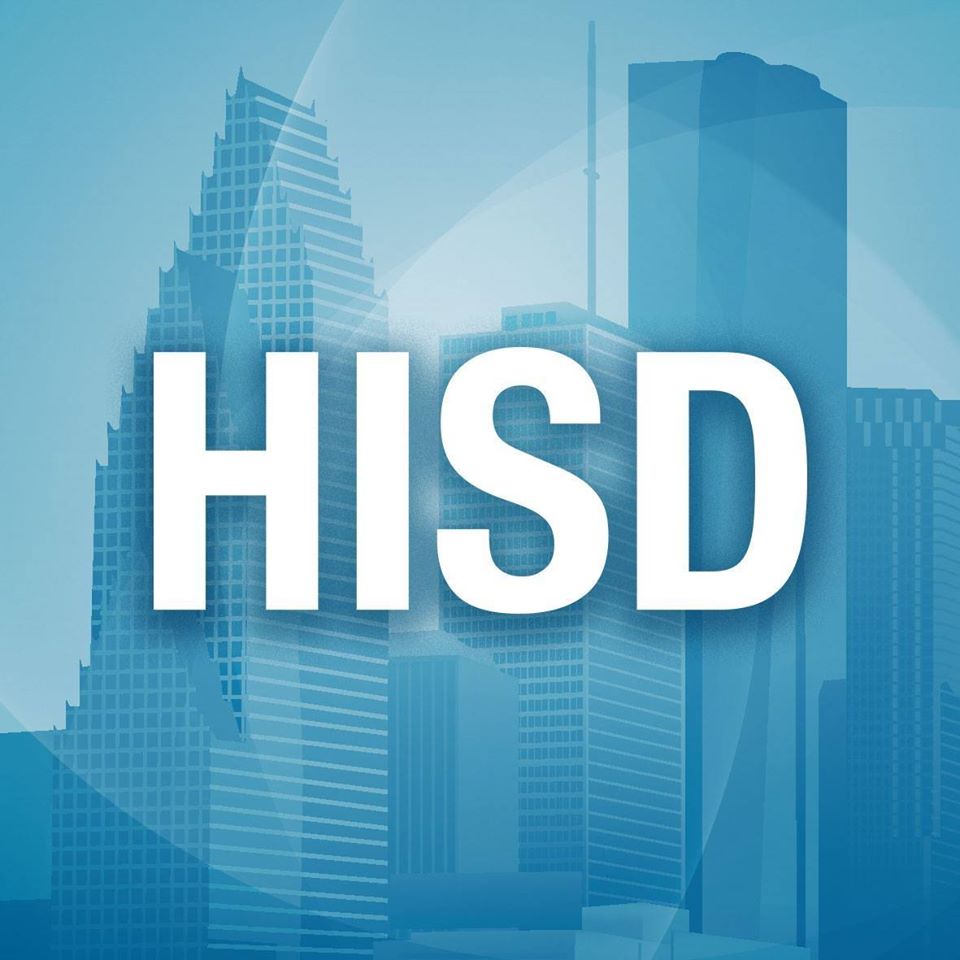I’m actually a little surprised it’s this much.
Nathan is among 35,127 students in Cypress-Fairbanks ISD and hundreds of thousands of students across Greater Houston whose parents opted to keep at home for the fourth and final grading period of the 2020-21 school year. Many of those students have not been inside a classroom since schools closed last March to help slow the spread of COVID-19.
Nearly 250,000 students in 18 districts are learning from home in the final grading period, according to a Houston Chronicle analysis of school district attendance data. Twenty-one districts responded to a Chronicle request for data, but only 18 were able to provide specific numbers for each grading period.
About 475,000 students in the 18 districts are back in schools. Among the 21 districts that responded to the Chronicle’s request, an average of about 75 percent of students were learning in person on campuses.
Those numbers vary widely from district to district. Only about 42 percent of Houston ISD students were back on campus by the fourth grading period, for example, while nearly 97 percent of students in Deer Park ISD have returned.
Statewide data from the TEA shows that districts that serve larger shares of Black and Hispanic students had fewer coming back for in-person classes. In districts where 10 percent or less of students were Black or Hispanic, about 80 percent of students returned, but in districts where 90 to 100 percent of students were black, less than half came back for face-to-face instruction.
David DeMatthews, an associate professor of education leadership and policy at the University of Texas at Austin, said multiple studies have shown that Black and Hispanic communities have been disproportionately affected by COVID-19 infections and hospitalizations, which often makes families of color more fearful of sending their students back to campuses.
“They’re more likely to know someone who’s gotten the virus, gotten seriously ill from the virus or died from the virus,” he said. “A lot of parents are just concerned that if kids go back to school in those communities, the impact could be very real and immediate for those families.”
Despite the varying attendance rates, one trend was clear among the 21 districts: More parents opted to send their children back for in-person instruction every time they were given the chance. The Texas Education Agency requires districts to give parents that opportunity each grading period.
Maybe if we were three months ago where we are now with vaccinations it would be different. Maybe if Texas had prioritized vaccinating teachers and school staff as part of the first wave it would be different. Who knows? The fact that the in-person attendance has ticked up every grading period suggests a correlation with the vaccine rate, but we can’t say for sure. For what it’s worth, our kids have been back in school since January – in HISD, you have to make a selection every six weeks – and it’s been fine for them. The eighth grader informed us the other day that they can eat in the cafeteria now instead of having to have lunch at their desks – they’re limited to three at a table made for eight, but it’s still an improvement as far as she’s concerned.
I expect that the large majority of kids will be back in the classroom in the fall, but online learning will still be available to those who still want it. Most likely, anyway.
Houston ISD leaders plan to offer online-only classes to families that want them to start the 2021-22 school year — as long as state officials continue to provide funding for children enrolled in virtual instruction.
HISD Interim Superintendent Grenita Lathan, speaking Wednesday after her annual State of the Schools speech, said district leaders hope to bring as many students as possible back to classrooms by August while also remaining committed to an online-only option.
About 56 percent of HISD’s 197,000 students attended virtual classes as of February, largely due to health and safety concerns amid the novel coronavirus pandemic.
While Lathan pushed for choice Wednesday, she also warned that HISD families should expect one big change in 2021-22: educators no longer will be required to teach students in face-to-face and virtual classes at the same time. As a result, families should not expect to retain the same teacher if they switch between formats during the school year.
“Our teachers teaching simultaneously has been extremely difficult this year, and we cannot continue to go on in that manner for the next school year,” Lathan said. “That’s what will look different. The option will be there, but we need to have teachers teaching in one mode.”
As the story notes, this is dependent on the next Superintendent not deciding to change direction, and on the TEA being willing to continue funding schools for online learning at the same rate. I think this may be a mostly moot point if we’re at 70%+ vaccination rate by August, and even more so if kids start getting vaccinated, but we’ll see. I think basically everyone will benefit from getting back to the classroom, but people still have to feel safe about it. Things really would be different if we had prioritized safety from the beginning.

